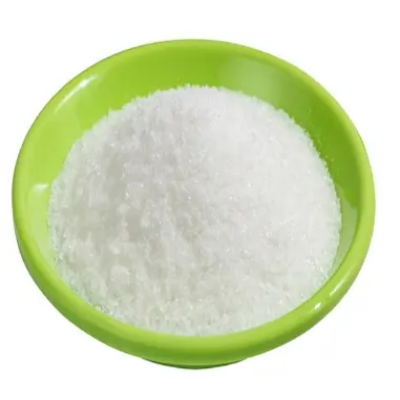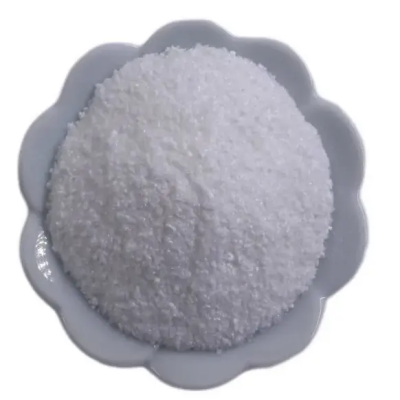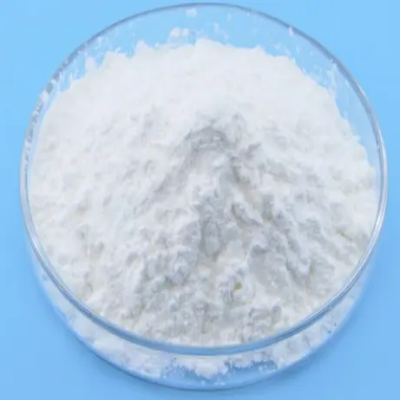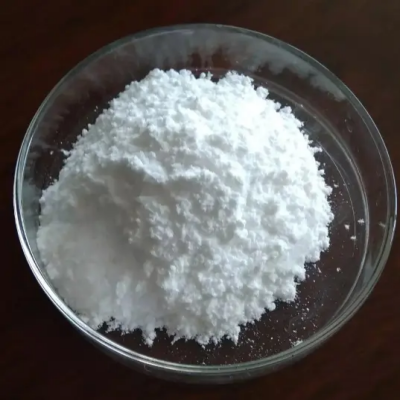stearicacid CAS:57-11-4
Stearic acid finds broad application across multiple industries, prominently serving as an emulsifier and stabilizer in the production of personal care products, such as creams, lotions, and soaps. Its ability to interact with both water and oil phases enables the formation of stable emulsions, ensuring proper dispersion of ingredients and enhancing the texture, appearance, and shelf stability of cosmetic formulations. Moreover, it functions as a thickening agent and opacifier in skincare and haircare products, contributing to the desired sensory and visual attributes while ensuring product integrity and performance. In the pharmaceutical industry, stearic acid is utilized as an excipient in the formulation of tablets, capsules, and topical medications. Its role as a lubricant and flow aid facilitates the processing and compaction of powdered drug ingredients, enabling the production of stable and uniform pharmaceutical dosage forms. Additionally, it serves as a base material for suppository formulations, where its melting properties and biocompatibility support the controlled release of active pharmaceutical ingredients, addressing specific therapeutic needs and patient preferences. Furthermore, stearic acid is employed as a mold release agent, plasticizer, and stabilizer in the manufacturing of plastics, rubber products, and polymeric materials. Its surface-active properties enable it to function as a processing aid, enhancing the flow properties and demolding characteristics of plastic compounds, thereby supporting efficient and high-quality plastic processing operations. Additionally, it acts as a viscosity modifier and gelling agent in the production of greases, lubricants, and metalworking fluids, contributing to the friction reduction, wear protection, and thermal stability of these industrial products. Moreover, stearic acid plays a crucial role in the synthesis of stearates and metallic soaps, which are utilized as thickeners, stabilizers, and release agents in various industrial applications including paints, coatings, adhesives, and rubber compounds. Its interactions with metal ions lead to the formation of stable complexes that impart desirable rheological and performance properties to formulated products, supporting their application in diverse manufacturing and construction processes. Furthermore, it finds use in the production of candles, crayons, and wax-based products, where it contributes to the consistency, hardness, and burn characteristics of these consumer goods. In summary, stearic acid is a multifunctional ingredient with applications as an emulsifier, lubricant, stabilizer, and processing aid in industries such as personal care, pharmaceuticals, plastics, and specialty chemicals. Its contributions to the formulation and performance of various products underscore its importance in enabling material functionality, process efficiency, and consumer satisfaction across multiple sectors.






| Composition | C18H36O2 |
| Assay | 99% |
| Appearance | white powder |
| CAS No. | 57-11-4 |
| Packing | Small and bulk |
| Shelf Life | 2 years |
| Storage | Store in cool and dry area |
| Certification | ISO. |









